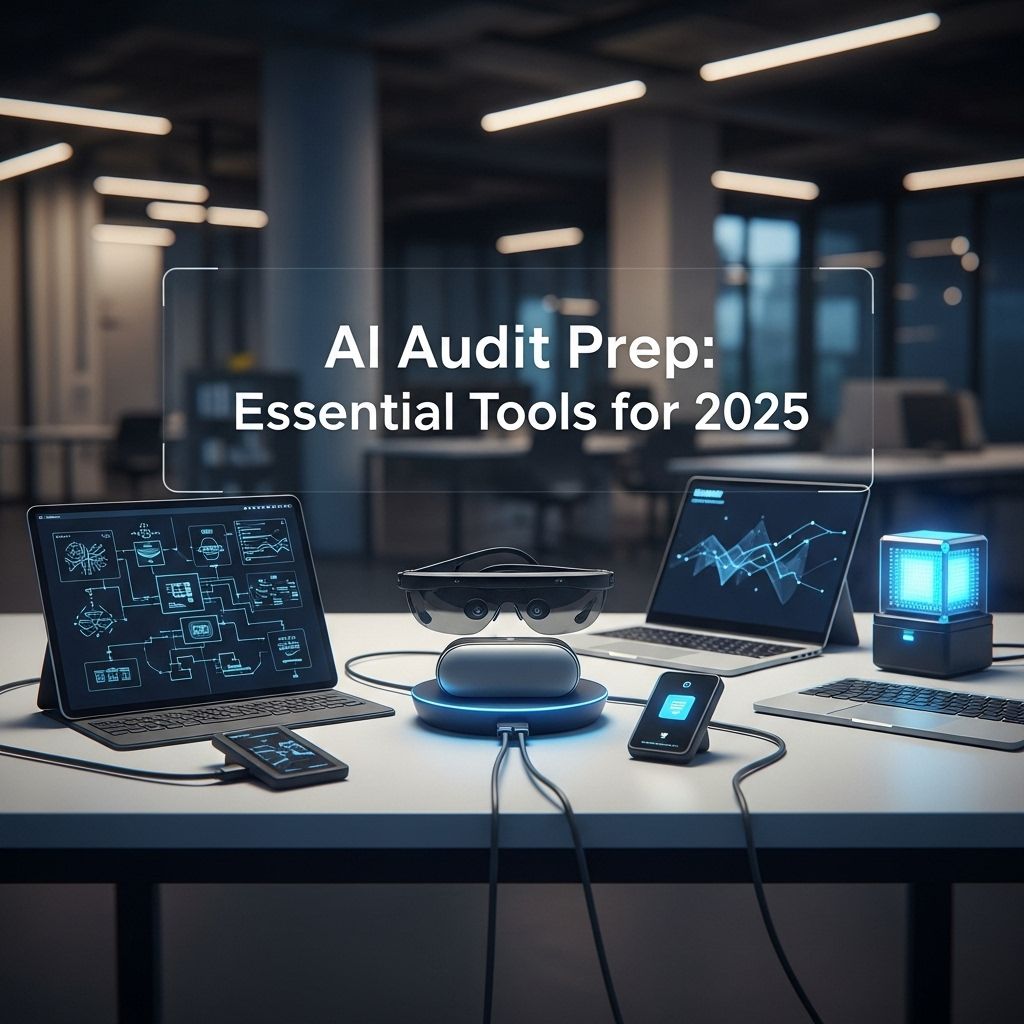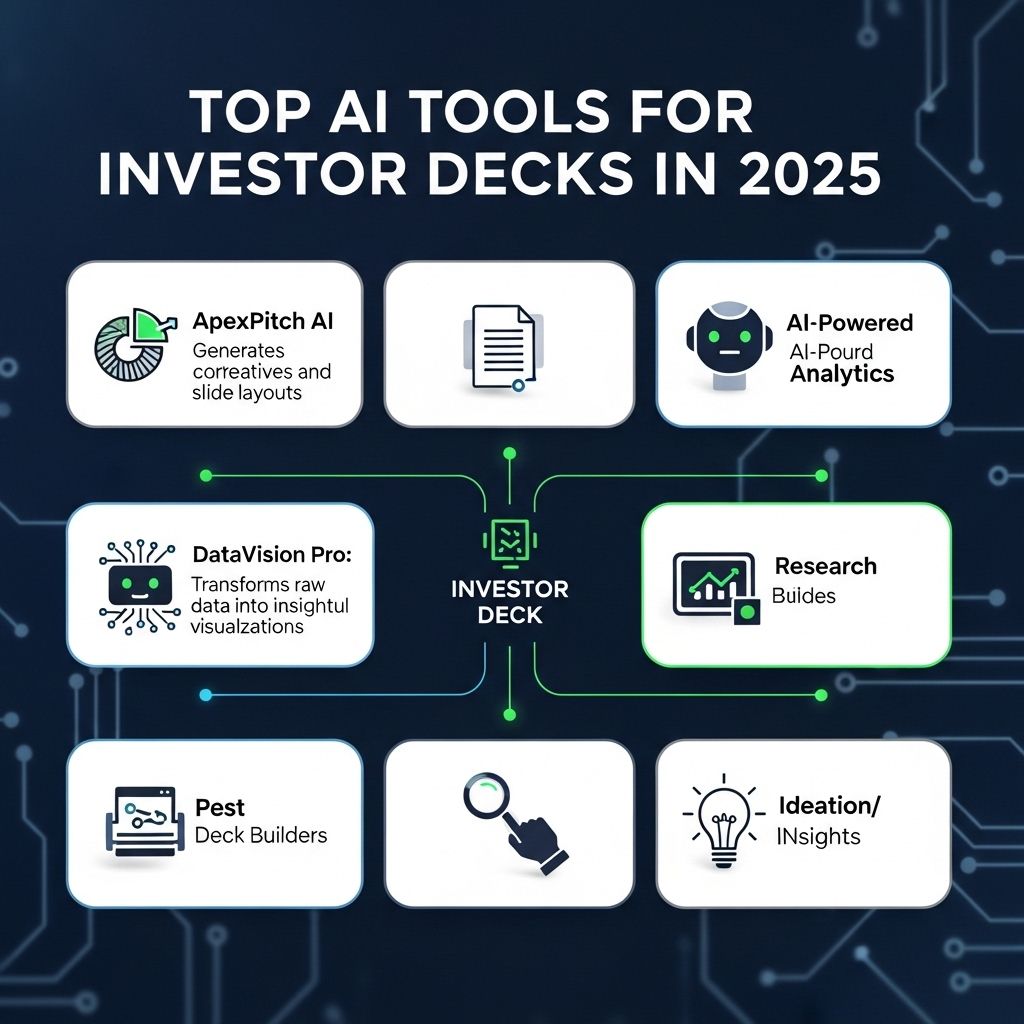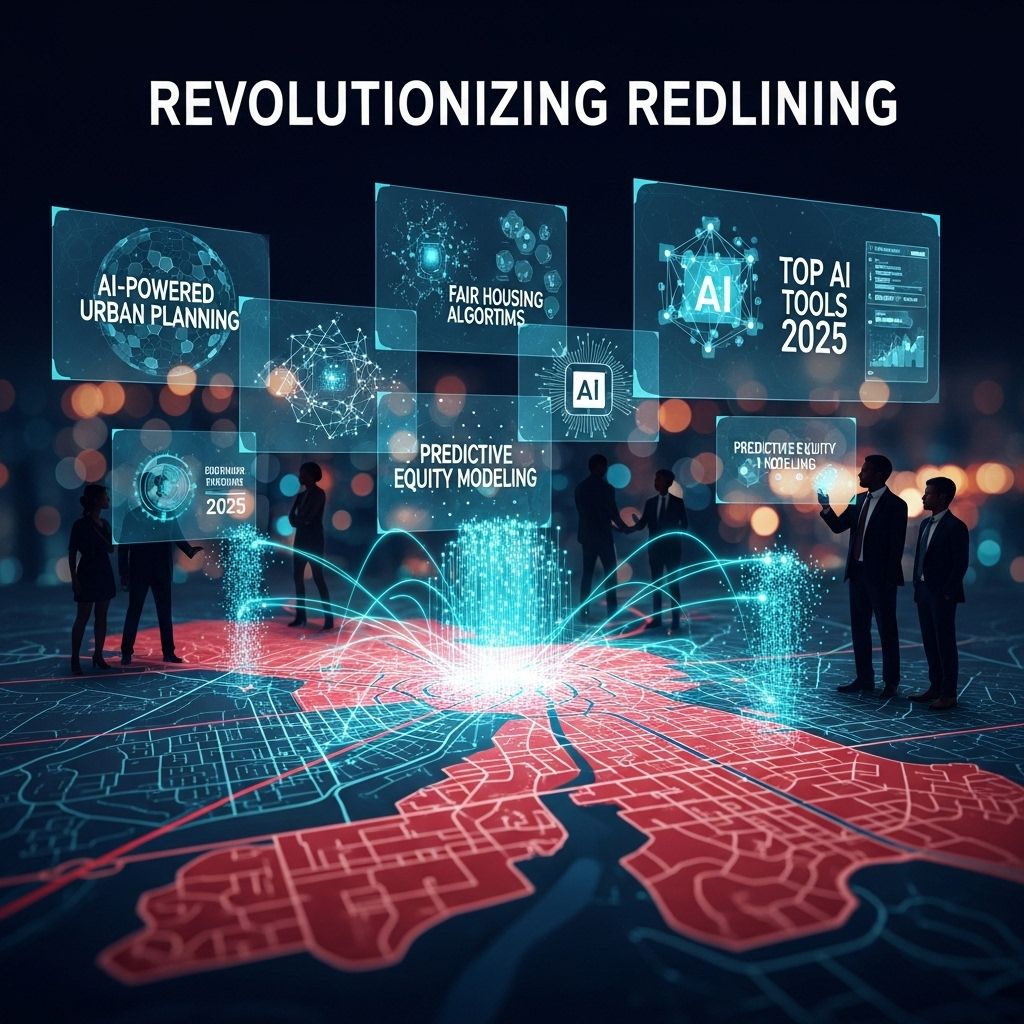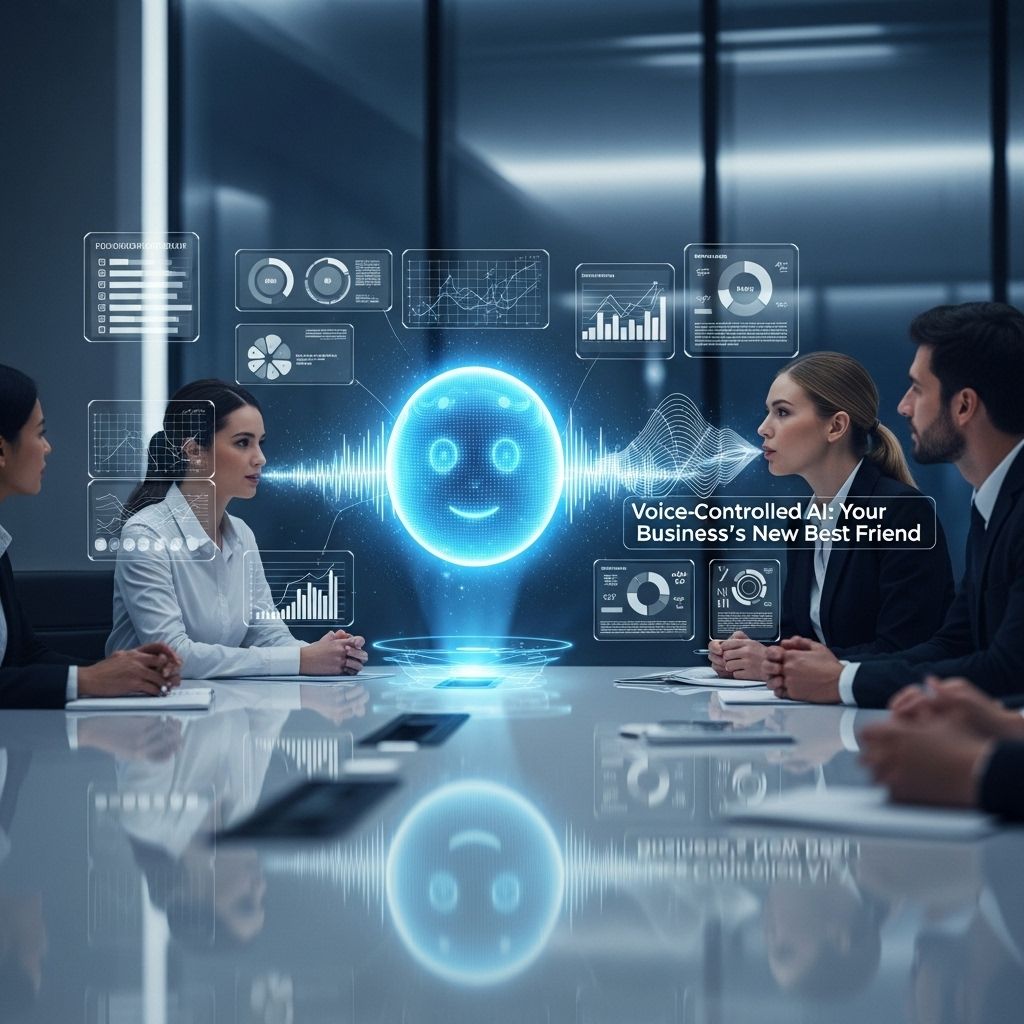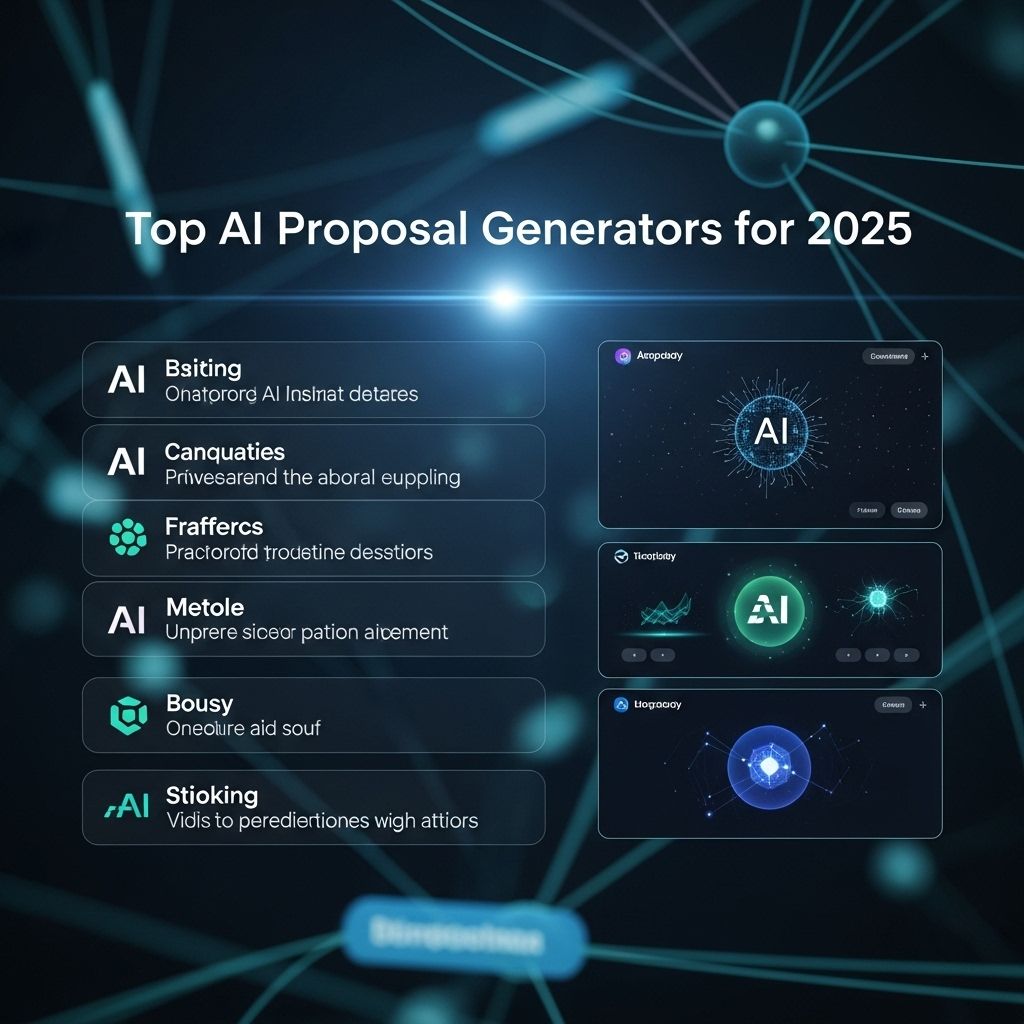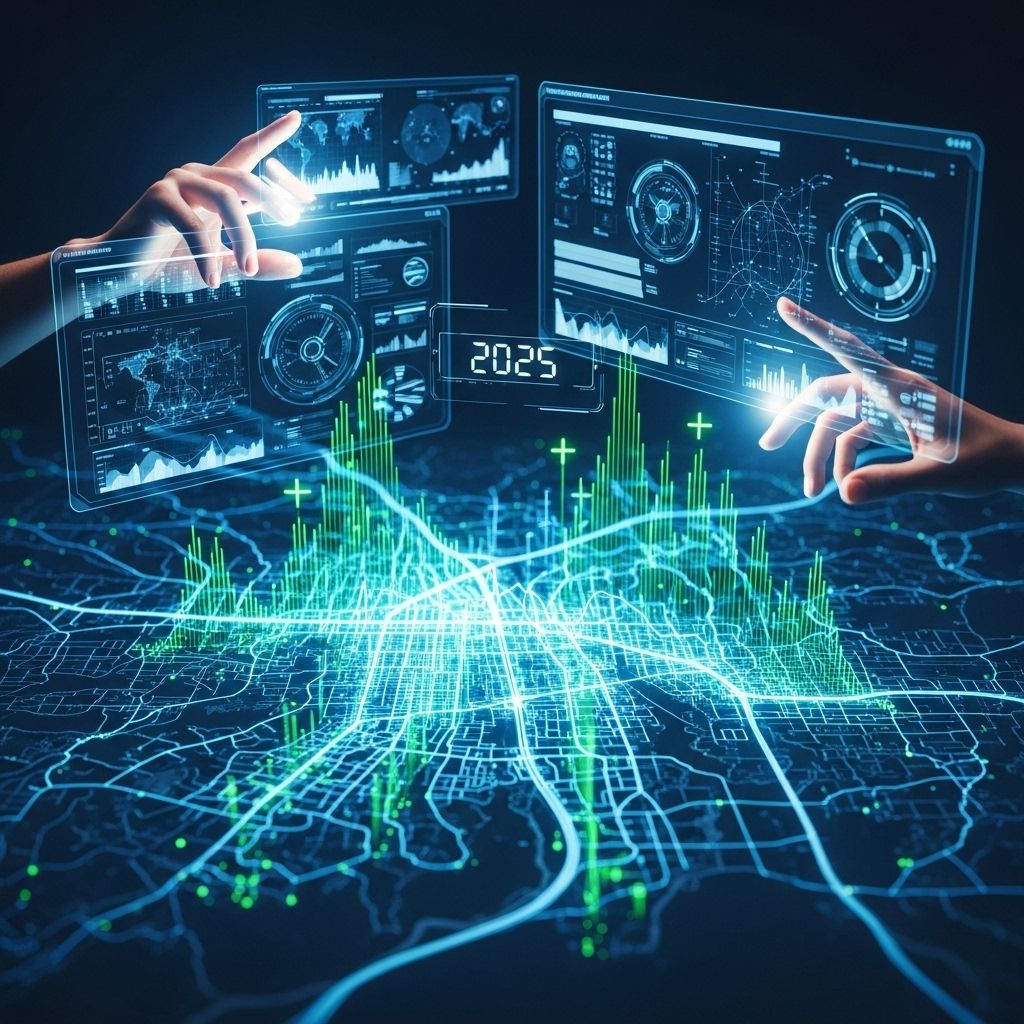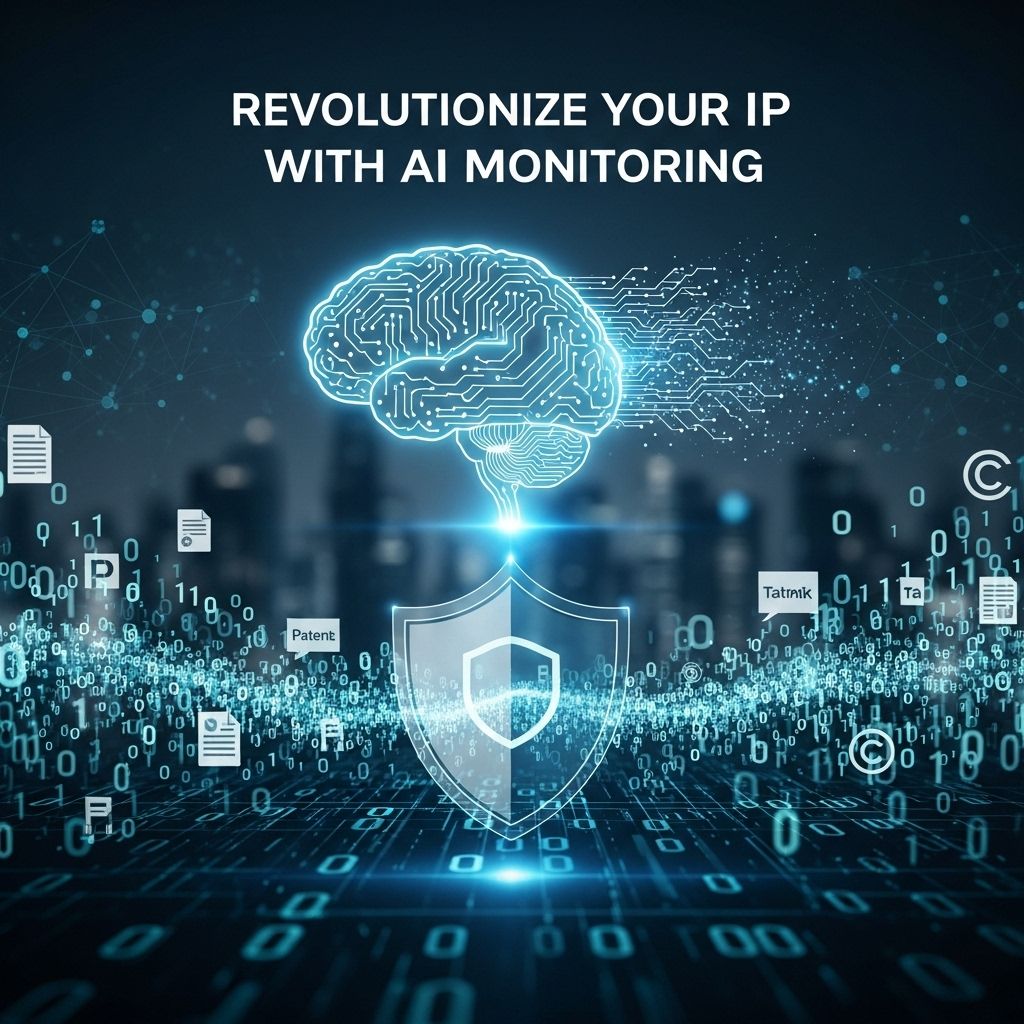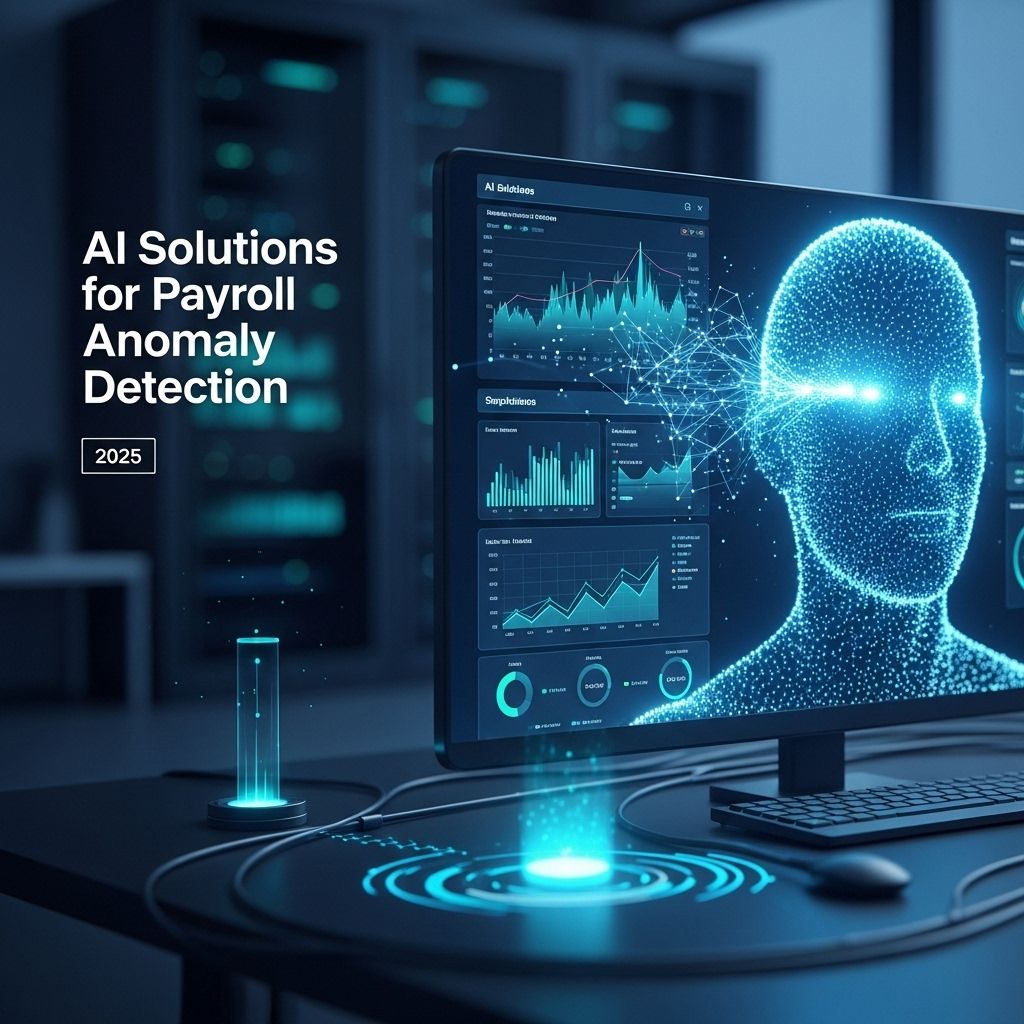Revolutionize Teamwork with AI Analytics
Discover how AI analytics can transform teamwork, enhance collaboration, and drive productivity in your organization.

In the fast-paced world of technology and business, effective teamwork is vital for success. As organizations strive to enhance productivity and collaboration, artificial intelligence (AI) analytics has emerged as a transformative force. By providing insightful data, AI analytics empowers teams to make informed decisions, streamline workflows, and foster innovation. In this article, we will explore how AI analytics can revolutionize teamwork, emphasizing its benefits, practical applications, and future potential.
Table of Contents
Understanding AI Analytics
Before diving into the implications of AI analytics on teamwork, it’s essential to understand what it entails. AI analytics involves the use of artificial intelligence technologies to analyze data and extract meaningful insights. This combination of AI and analytics enables organizations to interpret large volumes of data quickly and accurately, thereby revealing patterns and trends that may not be immediately apparent.
Key Components of AI Analytics
- Data Collection: Gathering data from various sources is the first step in AI analytics. This data can include project management tools, communication platforms, and performance metrics.
- Machine Learning: Algorithms are used to identify patterns and predict outcomes based on the analyzed data.
- Data Visualization: Insights generated from the data are presented in an easily understandable format, such as dashboards and reports.
Benefits of AI Analytics in Teamwork
Implementing AI analytics in teamwork can yield significant benefits, including:
- Enhanced Decision-Making: With access to real-time data and predictive analytics, teams can make more informed decisions that align with organizational goals.
- Improved Collaboration: AI tools can facilitate better communication and collaboration among team members, reducing silos and increasing transparency.
- Increased Efficiency: By automating repetitive tasks, AI analytics allows teams to focus on strategic initiatives rather than mundane activities.
- Personalized Feedback: AI can analyze individual performance and provide tailored feedback, helping team members grow in their roles.
A Real-World Example
Consider a software development team using AI analytics to track project progress. By integrating AI-driven tools with their project management software, they can:
| Data Source | AI Tool | Insight Generated |
|---|---|---|
| Code repositories | GitHub Insights | Code contribution trends |
| Task management | Trello AI | Task completion rates |
| Communication logs | Slack Analytics | Team engagement levels |
Implementing AI Analytics in Teams
To leverage the full potential of AI analytics, teams need a structured approach for implementation:
Step-by-Step Guide
- Define Objectives: Clearly outline what you want to achieve with AI analytics. This could include improving project timelines, increasing productivity, or enhancing team communication.
- Choose the Right Tools: Select AI analytics tools that meet your team’s specific needs. Popular options include Tableau, Microsoft Power BI, and Google Analytics.
- Train Team Members: Ensure that all team members are trained in using the tools effectively. This training should include data interpretation and decision-making based on insights.
- Monitor and Adjust: Regularly review the effectiveness of AI analytics in achieving team goals and make adjustments as necessary.
Challenges in Adopting AI Analytics
While the advantages of AI analytics are manifold, there are challenges teams may face during adoption:
Common Barriers
- Data Quality: Poor quality or incomplete data can lead to inaccurate insights, undermining the reliability of AI analytics.
- Resistance to Change: Team members may be hesitant to adopt new technologies, particularly if they are comfortable with existing processes.
- Integration Issues: Combining AI analytics tools with current systems can pose technical challenges, requiring time and resources.
The Future of AI Analytics in Teamwork
The evolution of AI analytics is poised to reshape teamwork in innovative ways. Here are some future trends to watch out for:
Emerging Trends
- Increased Automation: Expect more automated workflows powered by AI, enabling teams to focus on higher-level strategic tasks.
- Natural Language Processing: AI tools will enhance their capabilities by incorporating natural language processing, allowing users to interact with data using conversational language.
- Predictive Analytics: Teams will increasingly rely on predictive analytics to forecast outcomes and proactively address challenges before they arise.
Conclusion
AI analytics presents an unprecedented opportunity for teams to enhance their performance, collaboration, and decision-making capabilities. By harnessing the power of data, teams can not only streamline their workflows but also foster a culture of continuous improvement and innovation. As technology continues to evolve, embracing AI analytics will be crucial for organizations aiming to thrive in a data-driven world.
FAQ
How can AI analytics improve teamwork in organizations?
AI analytics can provide insights into team performance, identify collaboration patterns, and highlight areas for improvement, ultimately enhancing productivity and communication among team members.
What are the key benefits of using AI analytics for team collaboration?
The key benefits include data-driven decision making, real-time feedback, automated reporting, and the ability to anticipate project challenges, which all contribute to more effective teamwork.
Is AI analytics suitable for small teams or only large organizations?
AI analytics is beneficial for teams of all sizes; small teams can leverage it to optimize their workflows and enhance collaboration just as effectively as larger organizations.
What tools are available for implementing AI analytics in teamwork?
There are various tools available, such as Microsoft Power BI, Tableau, and Slack’s AI integrations, which can help teams harness AI analytics to improve their collaborative efforts.
How do I get started with AI analytics for my team?
Start by assessing your team’s specific needs, choose the right AI analytics tools, provide training for team members, and establish clear goals for how you want to enhance teamwork through data-driven insights.

